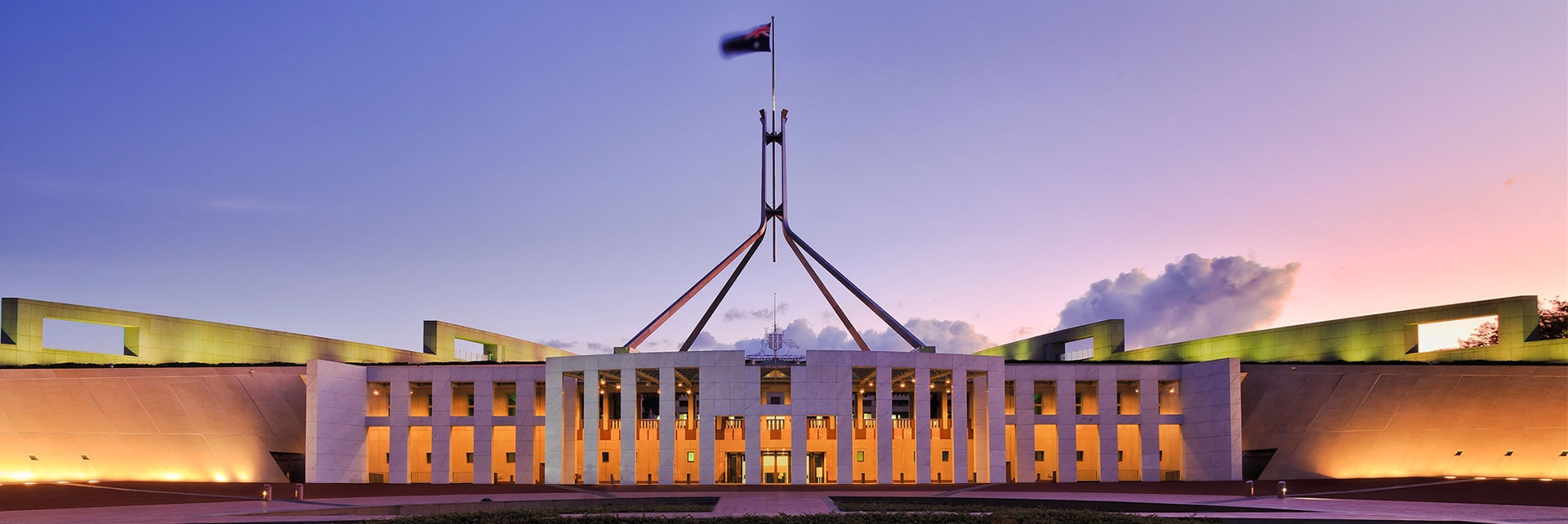
Australia is grappling with the rapid development of artificial intelligence (AI), but its approach pales in comparison to the United States’ ambitious Stargate project. The differences highlight Australia’s potential risks of falling behind in the global AI race.
The Stargate project, officially launched by the freshly re-minted President Trump in Janu
ary 2025, is the United States’ boldest step yet in AI. With a US$20 billion budget, Stargate aims to supercharge AI research and development by funding cutting-edge projects, fostering public-private partnerships and creating AI hubs across the country. The initiative positions the U.S. as a global leader in AI innovation.
In contrast, Australia’s approach to AI has been more cautious and fragmented. The Australian Government has invested $121 million in the National AI Centre and its related initiatives,
but this funding is spread thin across multiple programs. Critics argue that Australia lacks the scale and urgency needed to compete with global leaders.
One key difference is strategy. The U.S. Stargate project focuses on creating a unified national framework, bringing together government, industry, and academia. Australia, however, has a piecemeal approach. State governments and private companies often work independently, leading to duplication and inefficiencies.
Another issue is funding. While the U.S. is pouring billions into AI, Australia’s investments remain modest. This financial gap limits the country’s ability to attract top talent, build world-class infrastructure and scale innovative projects.
Despite these challenges, Australian businesses are finding ways to innovate with AI. Agribusiness in particular, has emerged as a leader in applying AI to solve real-world problems.
One standout example is AgriWebb, a Sydney-based company revolutionising livestock management. AgriWebb’s AI-driven platform helps farmers monitor herd health, optimise feed and predict market trends. This technology boosts productivity and sustainability for Australian farmers.
Another success story is SwarmFarm Robotics. Based in Queensland, the company develops autonomous farming robots powered by AI. These machines perform tasks like weeding and s
praying with precision, reducing chemical use and labour costs. SwarmFarm’s innovations are gaining traction both locally and internationally.
In the mining sector, Rio Tinto is leveraging AI to improve efficiency and safety. The company’s autonomous haulage system uses AI to operate driverless trucks at its Pilbara mines. This technology has reduced costs and minimised risks for workers.
These examples show that Australian businesses can punch above their weight in AI. However, they also highlight the need for stronger government support to scale these innovations.
Australia could learn from the U.S. Stargate project by adopting a more coordinated approach. A national AI strategy that aligns government, industry and academia could drive collaboration and reduce inefficiencies.
Increased funding is also essential. Australia must invest in AI research, infrastructure and talent development to remain competitive. Public-private partnerships, similar to those in the Stargate project, could help attract investment and share risks.
Finally, Australia needs to address its regulatory environment. Clearer guidelines on AI ethics, data privacy and intellectual property would provide businesses with the confidence to innovate while protecting public interests.
The global AI race is heating up and Australia cannot afford to lag behind. By learning from international leaders and leveraging its unique strengths, Australia has the potential to carve out a strong position in the AI landscape.
References
1. Stargate project announcement: https://www.stargateproject.gov
2. National AI Centre funding: https://www.industry.gov.au/national-ai-centre
3. AgriWebb’s AI platform: https://www.agriwebb.com
4. SwarmFarm Robotics: https://www.swarmfarm.com
5. Rio Tinto autonomous systems: https://www.riotinto.com





